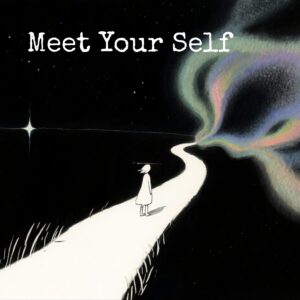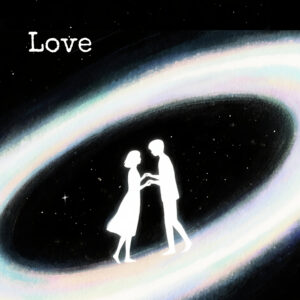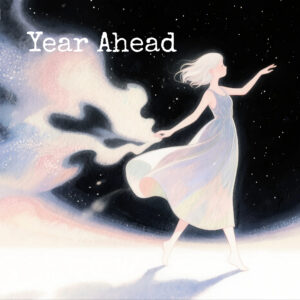星と精神をつなぐ
20世紀後半、占星術が新たな深みと正当性を求めた時、 リズ・グリーン (1946 年生まれ) は、最も変革をもたらす声の 1 つとして登場しました。
あ ユング派の分析家、作家、占星術師グリーンは、 神話、心理学、そして無意識 として知られるようになった 心理占星術.
彼女の研究は、惑星が私たちの運命をコントロールする外部の力ではなく、 生きた原型—内面の複雑さ、葛藤、成長の象徴です。
グリーンにとって、占星術は占いの芸術ではなく、 精神の地図自己理解と変革のためのツールです。
幼少期と教育
生まれた場所 ニュージャージーリズ・グリーンは心理学を学び、チューリッヒで博士号を取得しました。 CGユング研究所.
深く影響を受けた カール・ユングの 彼女は、原型理論と集合的無意識理論を研究し、この深層心理学と、十代の頃から学び始めた占星術への関心を組み合わせました。
彼女の二つの専門知識、すなわち臨床心理学と占星術は、天空の象徴的な幾何学を通して魂のパターンを探求する方法という、彼女の代表的な貢献となった。
心理占星術の創始
1970年代、グリーンは占星術のあり方を一変させる書籍の出版を始めた。彼女の代表作である 土星:古き悪魔の新たな一面 (1976年)は、土星を破滅と制限の惑星としてではなく、 内面の成熟と責任の原型.
この本を通して、土星は宇宙の懲罰者から賢明な教師、つまり自己規律、影の仕事、心理的統合の惑星へと変化しました。
彼女は後に 心理占星術センター(CPA) ロンドン(1983年) ハワード・サスポルタスユング派の分析、神話学、占星術の象徴を統合した専門的なトレーニング プログラムを確立しました。
CPAは、新興運動の世界的な拠点となった。 心理占星術と原型占星術.
ホロスコープの原型
グリーンはユング理論に基づいて、各惑星は 典型的なパターン—外的な出来事と内的な経験の両方を形作る、時代を超えた力です。
彼女の著作は、これらの神話的原理を心理的発達の言語に翻訳しました。
太陽 — ヒーローのアイデンティティへの旅。
月 — 感情的な記憶、本能、そして内なる子供。
水星 — 知覚、コミュニケーション、そして二元性。
金星 — 愛、魅力、そして美的調和。
火星 — 主張、怒り、そして活力。
木星 — 信仰、成長、そして哲学。
土星 — 構造、影、そして制限。
天王星、海王星、冥王星 — 変化、超越、変革の超人的な力。
グリーンは、それぞれのチャートは静的な運命ではなく、 生きた神話—魂が意識を求める個人的なドラマ。
神話と無意識
グリーンの占星術は神話に満ちている。彼女は神話の物語を過去の遺物としてではなく、精神の言語の生きた表現として捉えていた。
彼女の後期の作品は運命の占星術 (1984), ルミナリーズ (ハワード・サスポルタスと共著) 闇の女神の占星術—どのように 古代神話は心理的ダイナミクスを反映している 出生図の中で。
例えば、金星と火星は愛と欲望だけでなく、永遠の緊張を象徴しています。 エロスとアクション創造性と対立を刺激する魅力と主張のダンス。
グリーンは神話を通して占星術を再び蘇らせた。中世の対応体系としてではなく、 精神と宇宙の生きた対話.
占星術によるセラピー
グリーンの占星術の治療モデルは占星術の実践方法を変えた。
彼女は予測の代わりに、 探検—ホロスコープを対話、自己反省、癒しの枠組みとして使います。
彼女のセッションや執筆活動の中で、チャートは 無意識の鏡それは、何が起こるかではなく、どのような内部パターンが認識を求めているかを示しました。
彼女の目標は決して運命を「直す」ことではなく、 認識を深める—ユングの言う個体化の意味で、無意識を意識化すること。
彼女はこう書いている。
「ホロスコープは魂の曼荼羅です。大切なのはそれを超越することではなく、それを意識的に、そして完全に生きることです。」
遺産と影響
リズ・グリーンの影響力は計り知れない。
ユング心理学の深層心理学と占星術の象徴を統合した 占星術の知的、精神的信頼性を復活させた 20世紀後半に。
彼女の本は、世界中の占星術師、セラピスト、神話の研究者にとって基礎的なテキストとなっています。
彼女は思想家の世代にインスピレーションを与えた。スティーブン・アロヨ, リチャード・ターナス, メラニー・ラインハート、そして彼女の研究を継承した他の人たち 原型占星術 そしてトランスパーソナル心理学。
今日、彼女の遺産は、占星術を占いではなく、 象徴的な形での深層心理学—人間の魂と生きている宇宙との対話。
魂の占星術師
リズ・グリーンは占星術に心理的な深み、詩的なニュアンス、そして道徳的な真剣さを与えました。
彼女は出生図は予測の集合ではなく、 魂の神話物語の鏡—それは、私たちが認識と思いやりを持って生きるよう促される物語です。
彼女を通して、惑星は魂を取り戻し、占星術は未来を予測するのではなく、人間の神秘を解明するという正しい位置を再び見つけました。



